Discover Edinburgh, a city of dramatic hills and historic tales. Explore a majestic castle, wander medieval streets, and immerse y...
Rome Travel Guide 2025
| Updatedby Yuliya Karotkaya · 15 mins read
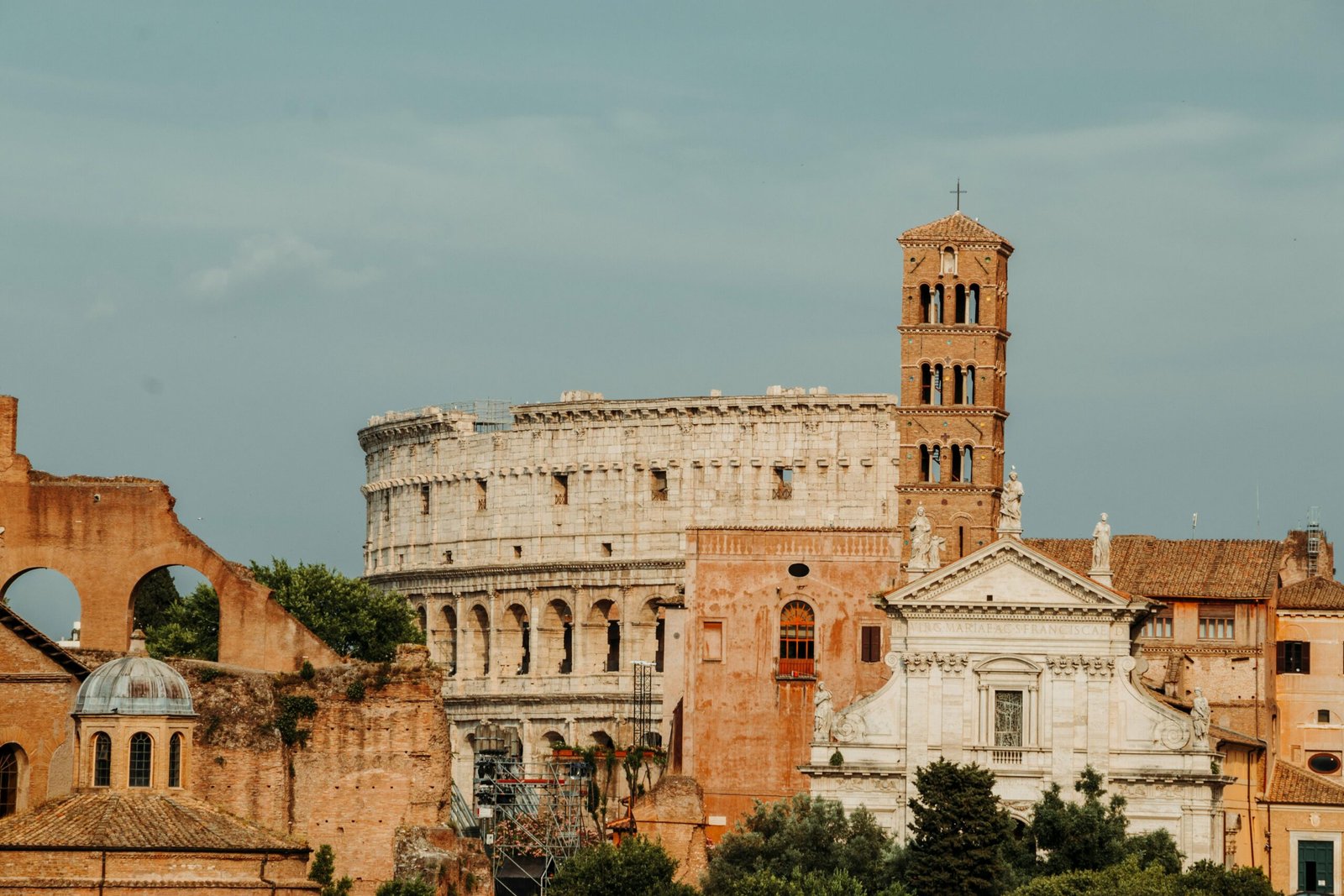
From crumbling columns to cobbled alleys and golden domes, Rome is a city that overwhelms in the best way. This guide helps you navigate the chaos, find the magic, and experience the Eternal City one unforgettable moment at a time.
Rome isn’t just one of the world’s most historic cities — it is history. Walking its streets feels like stepping through time: one moment you’re passing ancient ruins, the next you’re sipping espresso on a sun-drenched piazza. It’s chaotic, beautiful, loud, timeless — and somehow, all of it makes perfect sense.
But Rome is more than just monuments. It’s a city of long lunches, golden-hour strolls, and chance encounters with beauty at every corner. This guide will help you hit the essentials, skip the lines, and make the most of your Roman holiday — whether it’s your first or your fifth time.
Must Visit
Yes, Rome is full of ruins — and yes, they’re absolutely worth it. But beyond the ancient stones, it’s also about the feeling: standing where emperors once walked, peeking into centuries-old churches, or turning a random corner and stumbling on a masterpiece. Here are the places you shouldn’t miss — from grand landmarks to atmospheric corners.
Colosseum
Rome’s most iconic landmark, and still one of its most breathtaking. This massive amphitheater once hosted gladiator battles and public spectacles — and walking through its arches is like stepping back 2,000 years. Pair it with the Roman Forum and Palatine Hill for the full imperial experience.
Tip: Book a skip-the-line ticket or join a small group tour with access to the underground or arena floor — it’s worth it for the context and stories.
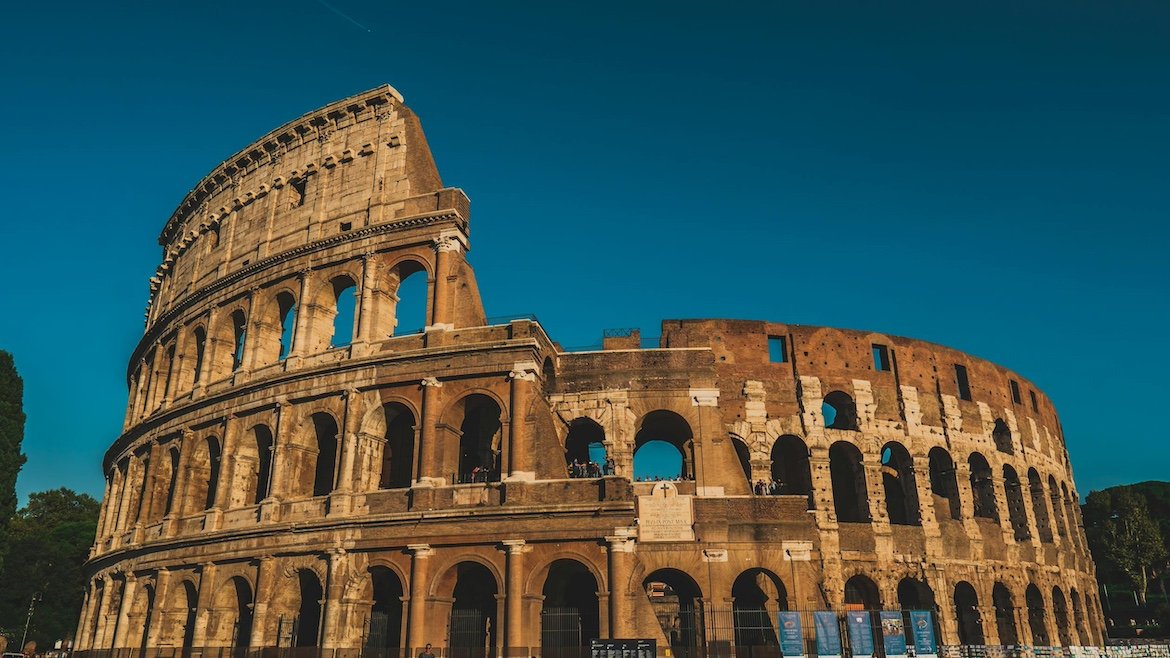
Colosseum official ticket site
Roman Forum & Palatine Hill
This sprawling archaeological site was the heart of Ancient Rome — full of crumbling temples, basilicas, and triumphal arches. Climb Palatine Hill for views over the Forum and Circus Maximus, and imagine the emperors who once lived here.
Tip: The ticket is usually combined with the Colosseum. Go early or late to avoid the heat and crowds.
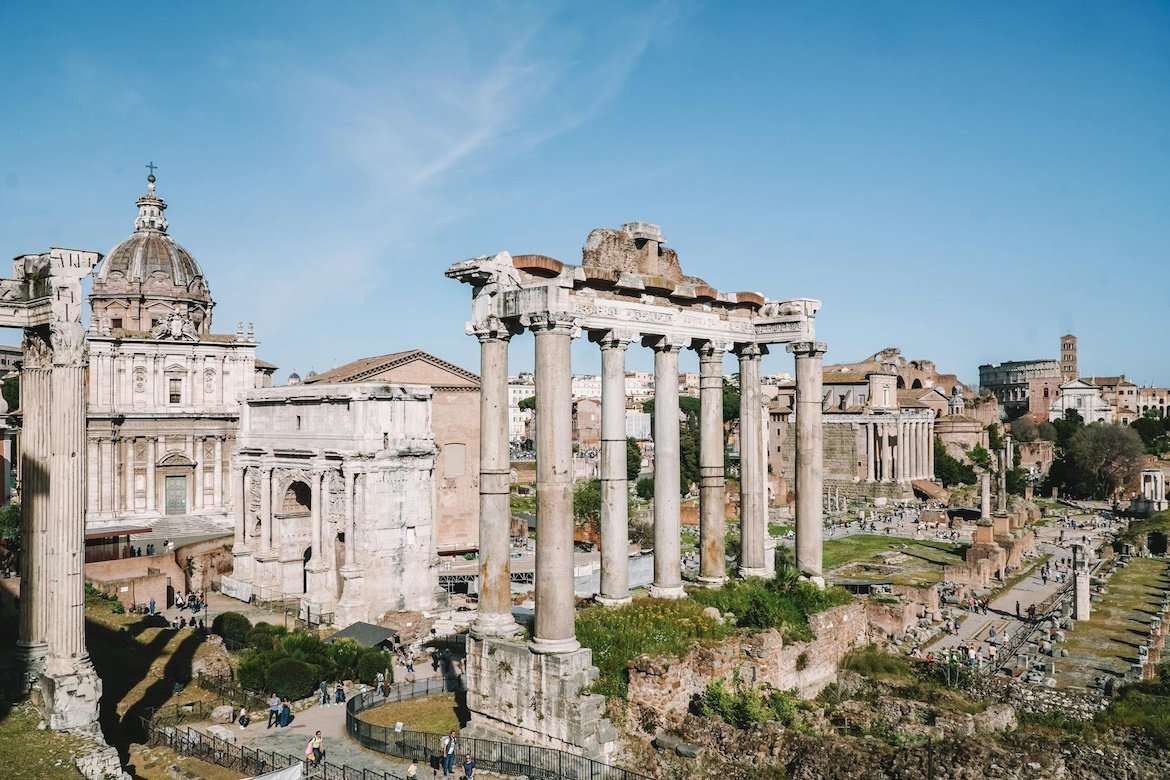
Visit with Colosseum combo tickets
Altare della Patria (Vittoriano)
You can’t miss this massive white marble monument rising over Piazza Venezia — officially called the Monument to Victor Emmanuel II, but locals often refer to it (not so fondly) as the “wedding cake.” Still, it’s an impressive symbol of unified Italy, with grand staircases, fountains, and statues galore. There’s also a glass elevator to the rooftop for panoramic views.
Tip: Entry to the lower levels is free, but the viewing platform requires a ticket — and it’s worth every cent for the sweeping skyline.
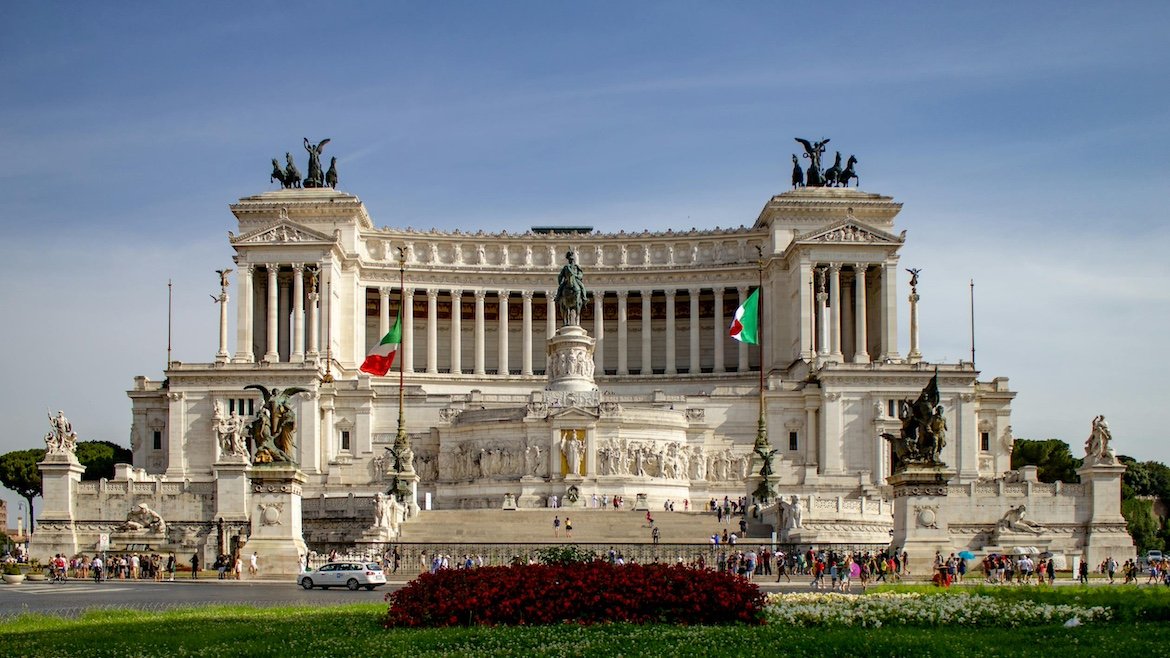
Capitoline Hill (Campidoglio)
One of Rome’s seven ancient hills, Capitoline Hill is now a quiet architectural gem redesigned by Michelangelo. It’s home to the Piazza del Campidoglio, the Capitoline Museums, and excellent views over the Roman Forum. The geometry of the square and the elegant palazzi surrounding it show the Renaissance at its finest.
Tip: Visit in the evening for a calm, almost magical atmosphere. The stairs leading up from Piazza Venezia are steep but worth it.
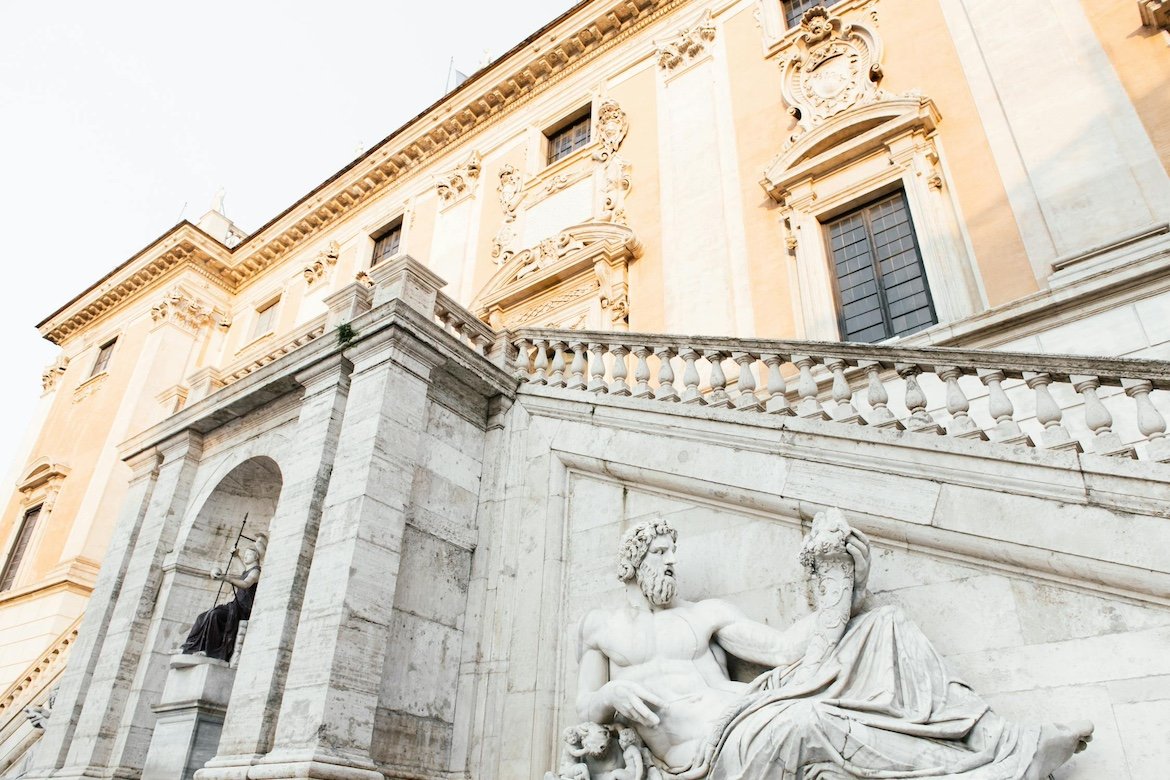
Vatican City & St. Peter’s Basilica
Technically its own country, Vatican City is a must-see on any Rome itinerary. The highlight is St. Peter’s Basilica, one of the world’s most important churches and an architectural marvel. Step inside to see Bernini’s massive bronze canopy and Michelangelo’s Pietà — and don’t miss the climb to the dome, which rewards you with a breathtaking view over Rome’s rooftops and beyond.
Tip: Entry to the basilica is free, but the dome and underground tombs require tickets. Arrive early in the morning or late afternoon to skip the longest lines — or book a guided tour for deeper insights and quicker access.
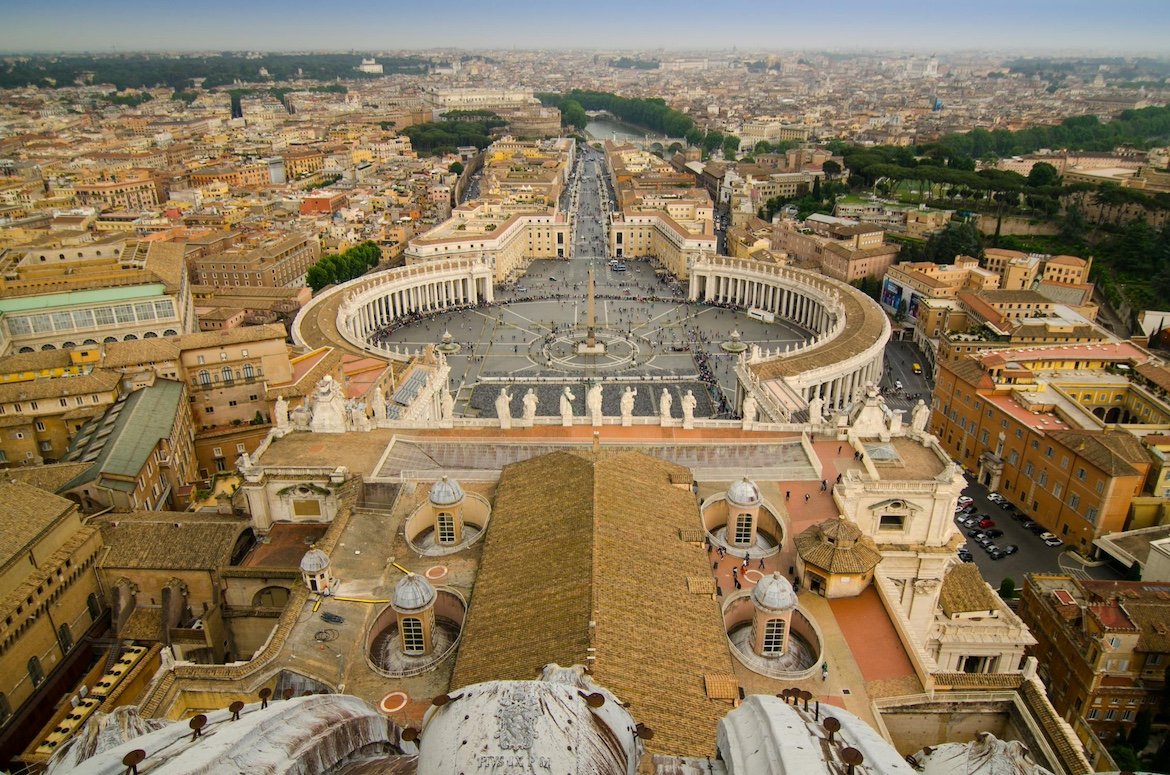
St. Peter’s Basilica Official Website
Trevi Fountain
Probably the most photographed fountain in the world — and for good reason. This dramatic baroque masterpiece is carved directly into the back of a palazzo, and its gushing water, statues of Tritons and horses, and creamy travertine stone make it an unforgettable sight. According to legend, throwing a coin over your left shoulder guarantees a return to Rome.
Tip: It’s crowded almost all day, so come at sunrise or after midnight if you want a more peaceful experience. The fountain is beautifully lit at night, adding even more drama. And yes — city officials collect over €1 million in coins from it every year, which goes to charity.
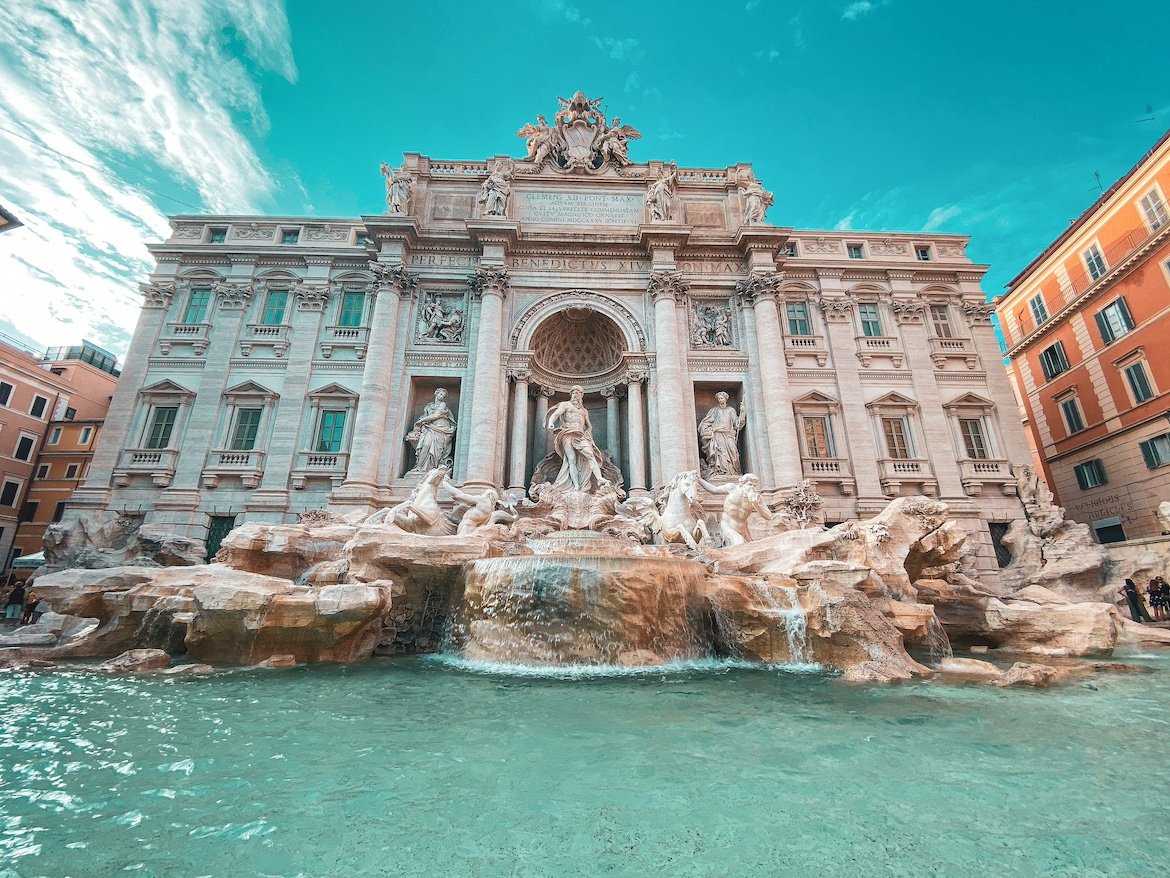
Pantheon
A 2,000-year-old marvel that still feels modern. The Pantheon is one of the best-preserved buildings of Ancient Rome, with its massive granite columns and a perfectly round dome topped by an open oculus. Step inside and you’ll feel the shift in light and scale — it’s serene, powerful, and impossible not to admire.
Tip: Entry is no longer free — tickets are now required, and lines can get long. Try visiting early in the morning or close to closing for a quieter experience. Also, don’t miss the tomb of Raphael inside.
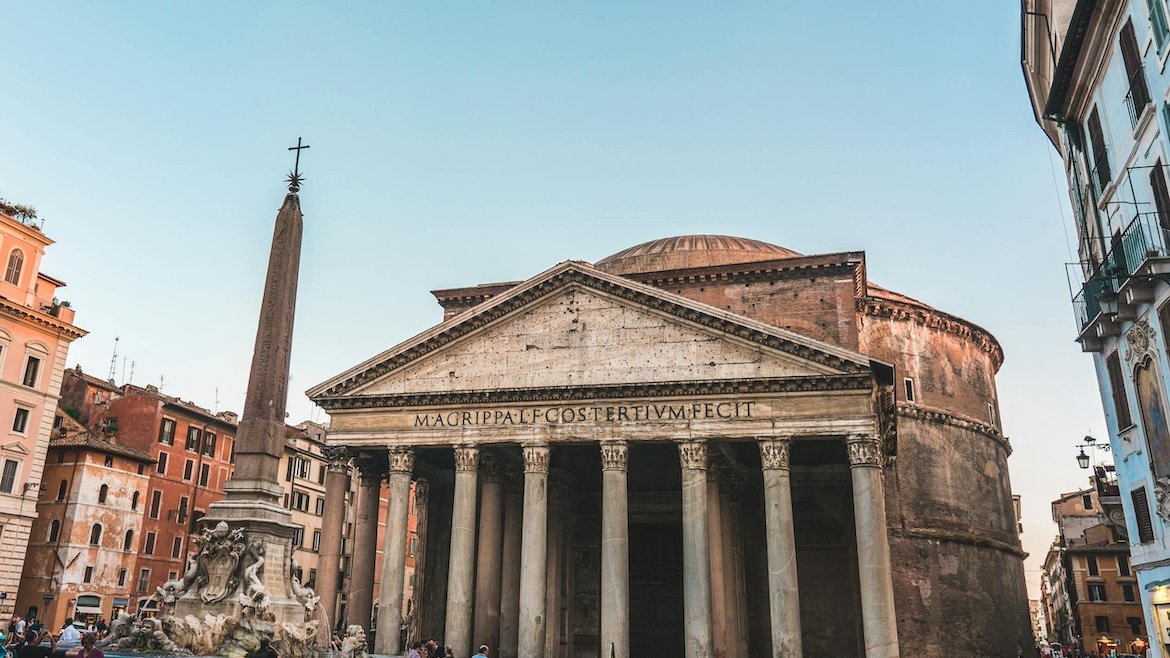
Castel Sant’Angelo
Originally built as Emperor Hadrian’s mausoleum, Castel Sant’Angelo has lived many lives — a fortress, papal residence, and now a museum. Its round structure stands right along the Tiber, offering some of the best views in the city from the rooftop terrace. Inside, you’ll find historic weapons, frescoed rooms, and secret passageways that connect it to the Vatican.
Tip: Go around sunset — the view from the top as the city turns golden is unforgettable.
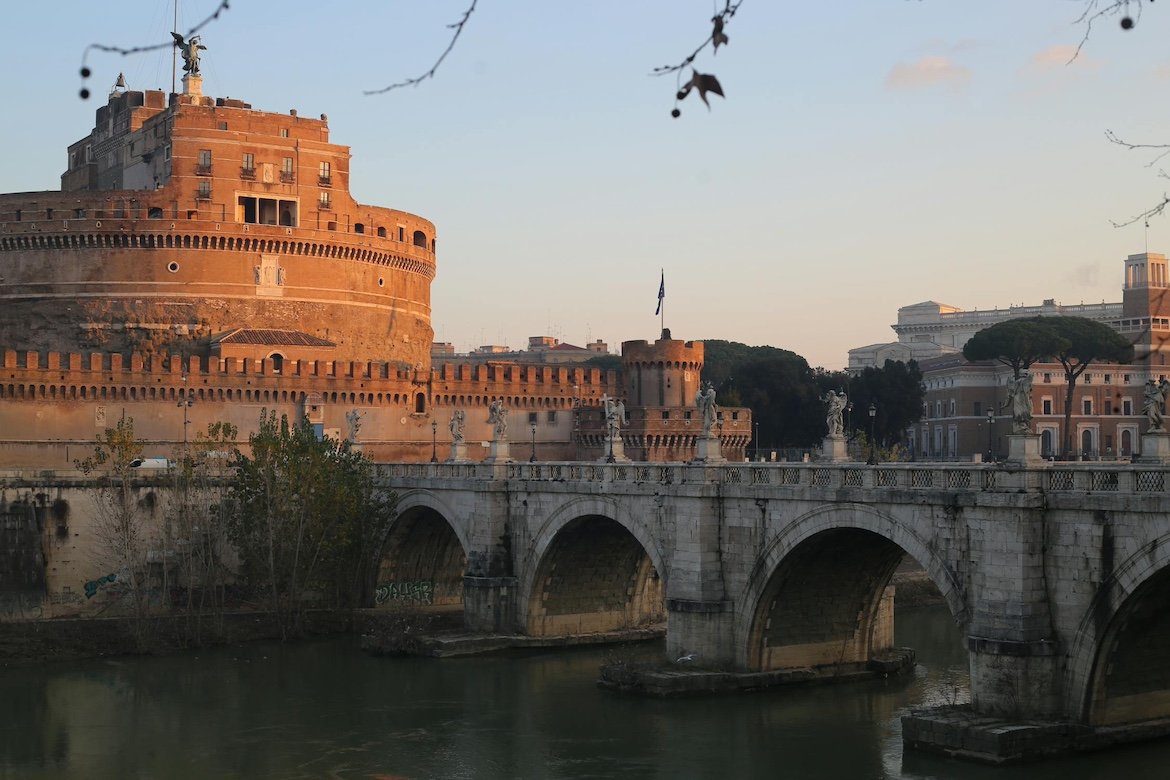
Castel Sant’Angelo official site
Spanish Steps (Scalinata di Trinità dei Monti)
More than just a staircase — the Spanish Steps are a social scene, a postcard-perfect photo spot, and a link between Piazza di Spagna and the Trinità dei Monti church above. They’ve starred in films, hosted fashion shows, and become an icon of Rome’s dolce vita spirit.
Tip: No sitting allowed on the steps — city rules are strictly enforced. But nearby cafés and terraces offer great people-watching opportunities.
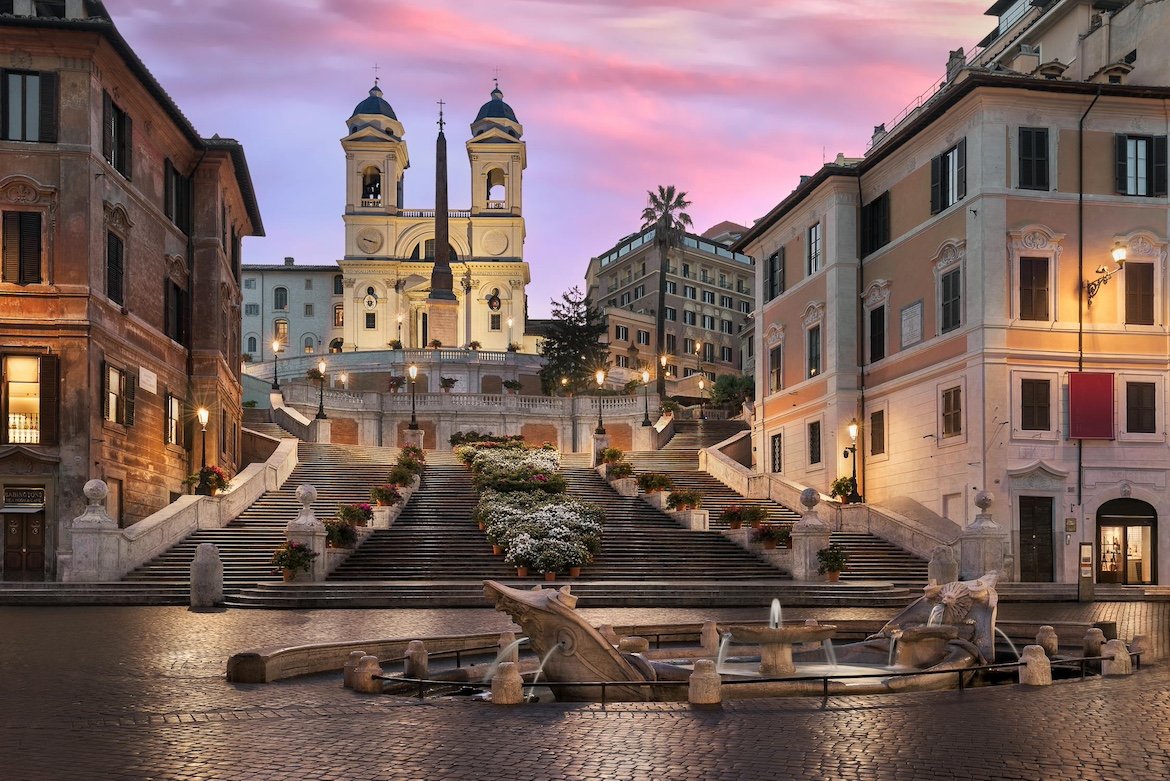
Villa Borghese
Rome’s most elegant park — a green escape filled with sculptures, fountains, shaded paths, and sweeping views over the city. Villa Borghese is home to gardens, bike rentals, a lake with rowboats, and even a small cinema. You can easily spend hours wandering here, or just take a break from the city’s bustle.
Tip: Don’t confuse the park with Galleria Borghese, the museum inside (we’ll cover that in the next section). The Pincian Terrace at the edge of the park is a perfect sunset spot overlooking Piazza del Popolo.
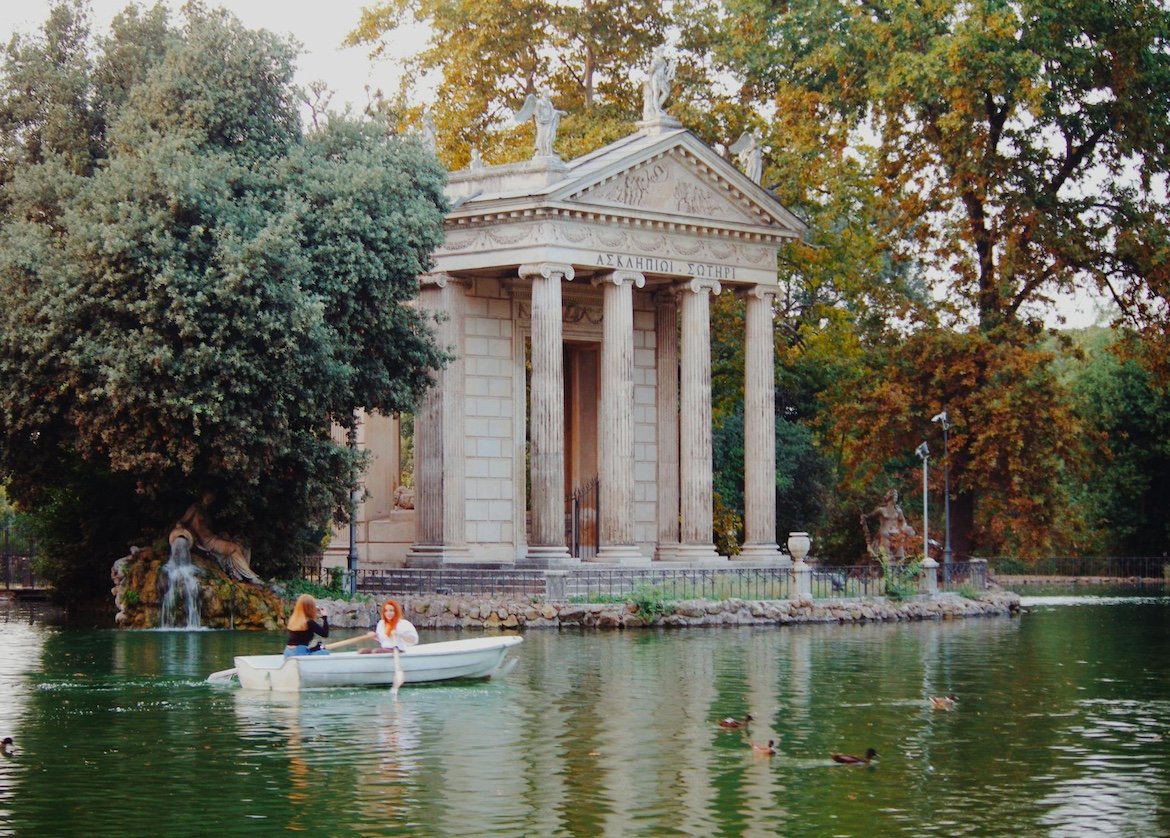
Trastevere
Charming, bohemian, and full of character — Trastevere is one of Rome’s most beloved neighborhoods. With ivy-covered buildings, cobblestone streets, and a thriving nightlife scene, it’s great for both lazy afternoons and lively evenings. Explore the narrow alleys, sip wine at a sidewalk table, or catch live music in a tucked-away piazza.
Tip: Don’t miss Santa Maria in Trastevere, one of the oldest churches in Rome, known for its golden mosaics and quiet interior.
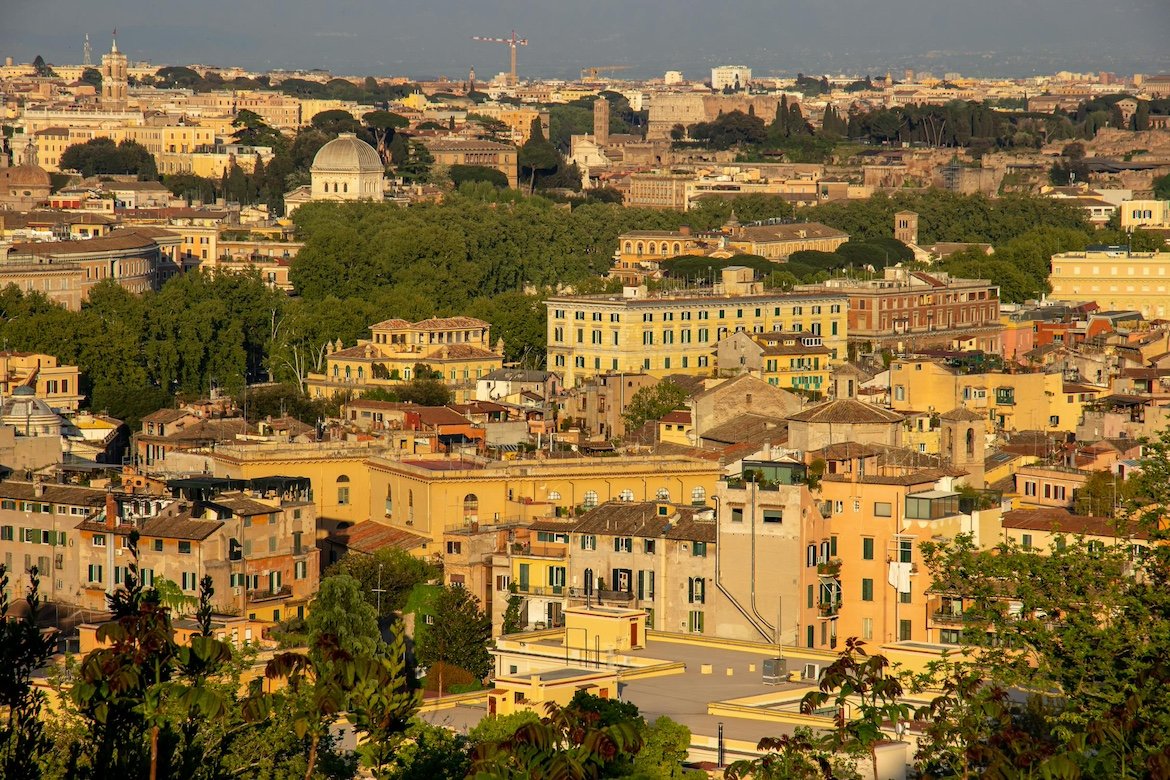
Museums & Art
Rome is a treasure trove of art and history — from ancient sculptures to Renaissance masterpieces. Whether you’re an art lover or a history buff, these museums offer a deep dive into the city’s layered past and stunning creativity. Here are the must-visit spots to fill your days with culture.
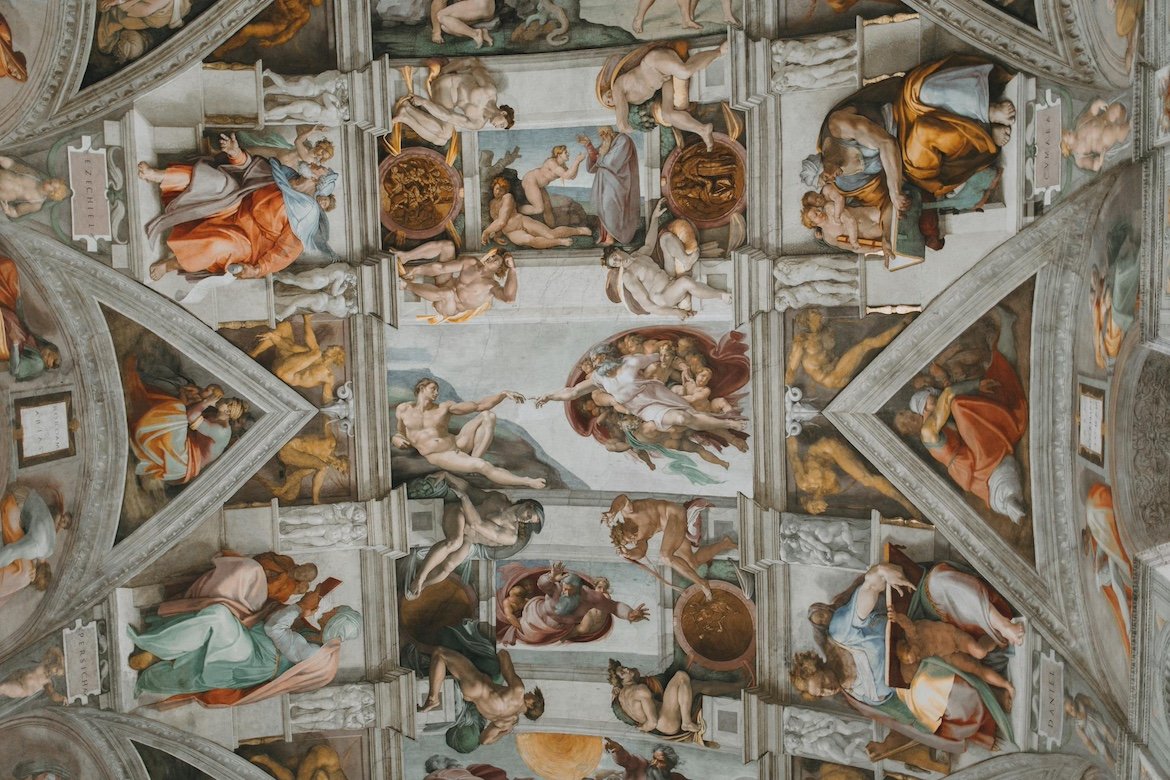
Vatican Museums & Sistine Chapel
Home to one of the world’s greatest art collections, the Vatican Museums showcase everything from classical sculptures to Renaissance paintings. The highlight is undoubtedly the Sistine Chapel, with Michelangelo’s breathtaking ceiling frescoes that leave visitors speechless. Booking tickets in advance is essential to skip the notoriously long lines.
Tip: Try visiting early in the morning or late afternoon to avoid the biggest crowds.
Vatican Museums official site
Capitoline Museums
Set on Rome’s Capitoline Hill, these museums house a world-class collection of ancient Roman statues, Renaissance art, and medieval artifacts. Don’t miss the Bronze She-wolf statue — a symbol of Rome’s legendary origins. The museums themselves are housed in historic palaces with beautiful views over the Roman Forum.
Capitoline Museums official site
Galleria Borghese
Nestled in the lush Villa Borghese park, this gallery boasts an incredible collection of Baroque art, including works by Bernini, Caravaggio, and Raphael. The villa itself is a masterpiece, and the carefully curated exhibits make for an intimate and unforgettable visit. Tickets are timed-entry only, so booking ahead is a must.
Galleria Borghese info & tickets
National Roman Museum
Spread across several sites, including Palazzo Massimo and Palazzo Altemps, this museum offers one of the richest collections of ancient Roman art and artifacts. From stunning mosaics and frescoes to statues and jewelry, it’s a perfect place to understand Rome’s imperial past.
National Roman Museum official site
MAXXI – National Museum of 21st Century Arts
For a break from the classics, visit MAXXI, Rome’s contemporary art museum designed by Zaha Hadid. Its innovative architecture and rotating exhibitions of modern art and architecture provide a fresh perspective on the city’s cultural scene.
MAXXI Museum official site
Where to Eat
Rome’s food scene is a delicious mix of classic trattorias, lively piazza spots, and cozy cafés. Whether you want to splurge on fine dining, enjoy popular tourist favorites, or dive into local hidden gems, here’s where to start:
Popular Tourist Spots
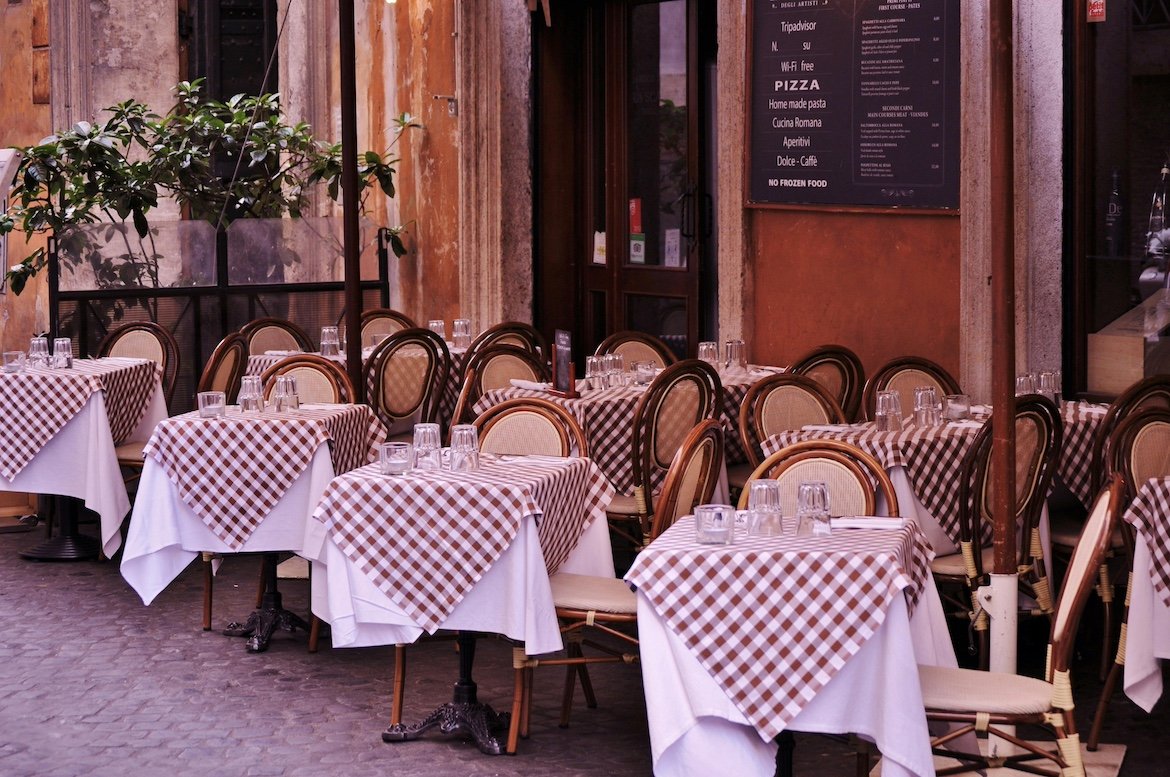
Roscioli
A bustling deli-restaurant near Campo de’ Fiori famous for its carbonara and extensive wine list. Great for first-timers looking to taste authentic Roman flavors in a lively atmosphere. Expect a wait during peak hours.
Trattoria da Enzo al 29
A small, beloved trattoria in Trastevere serving classic dishes like cacio e pepe and amatriciana. Simple, genuine, and popular, so booking ahead is recommended.
La Pergola
Rome’s only three-Michelin-star restaurant offering refined Italian cuisine with spectacular views over the city. Perfect for a special night out. Reservations essential.
Pipero Roma
A modern Michelin-starred restaurant known for innovative takes on traditional Roman dishes, paired with an excellent wine list.
Il Margutta RistorArte
Vegetarian and vegan-friendly fine dining in an art-filled setting, offering creative dishes that even meat-lovers rave about.
Local Favorites
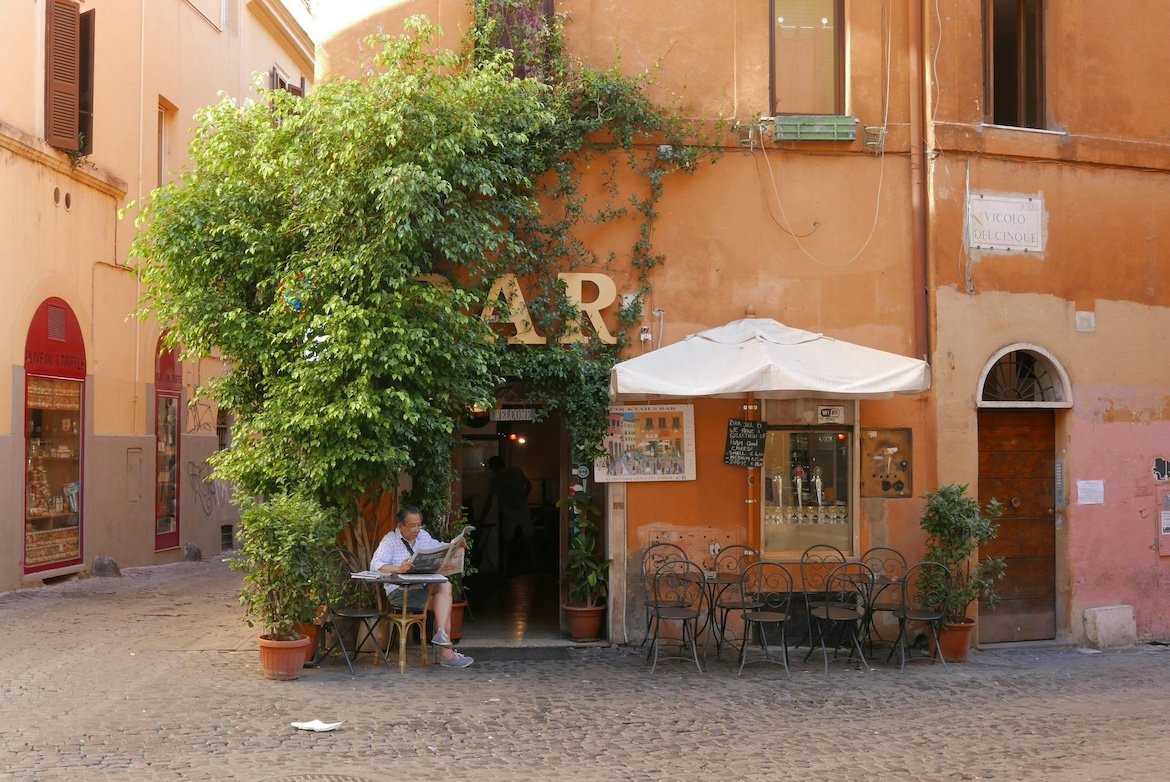
Pizzeria La Montecarlo
A favorite among Romans for its thin-crust pizzas and relaxed vibe. Located near Piazza Navona, it’s casual, affordable, and often packed with locals.
Osteria del Pegno
A charming spot close to Piazza Navona serving homemade pastas and Roman specialties in a cozy setting. The cacio e pepe and saltimbocca come highly recommended.
Supplizio
Known for some of the best supplì (fried rice balls) in the city — a perfect snack to grab while exploring. Casual and budget-friendly.
Flavio al Velavevodetto
Hidden in the Testaccio neighborhood, this trattoria is beloved for traditional Roman dishes served in a rustic, lively atmosphere.
Cesare al Casaletto
Off the beaten path but worth it — famous for classic dishes like amatriciana and cacio e pepe, loved by locals for its authentic flavors.
Cafés & Coffee Shops
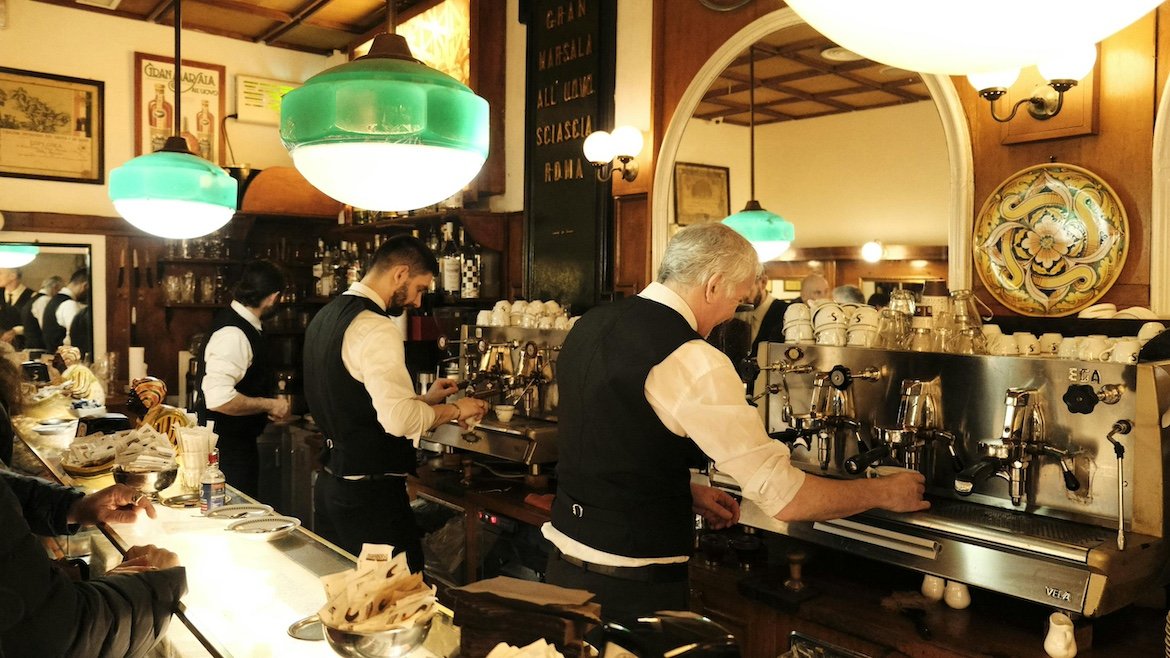
Sant’Eustachio Il Caffè
A historic coffee spot famous for its espresso, with a unique secret blend and traditional roasting methods. Don’t miss the whipped cream-topped “Gran Caffè.”
Tazza d’Oro
Another iconic Roman café near the Pantheon serving rich and intense espresso. Great for a quick caffeine fix.
Roscioli Caffè
Part of the Roscioli family, this café offers excellent coffee, pastries, and a pleasant atmosphere to recharge between sightseeing.
Panella – L’Arte del Pane
A historic bakery and café known for its delicious pastries, breads, and elegant interiors — perfect for breakfast or a mid-morning break.
Faro – Caffè Specialty
One of the first specialty coffee spots in Rome, known for its precision, seasonal beans, and clean design. Great filter brews, smooth espresso, and a solid breakfast/brunch menu with toasts, granola, and vegan options. A calm, stylish place to recharge just north of the city center.
What to Do
Rome isn’t just a museum — it’s alive, loud, and endlessly walkable. Here are a few great ways to experience the city beyond the big sights.
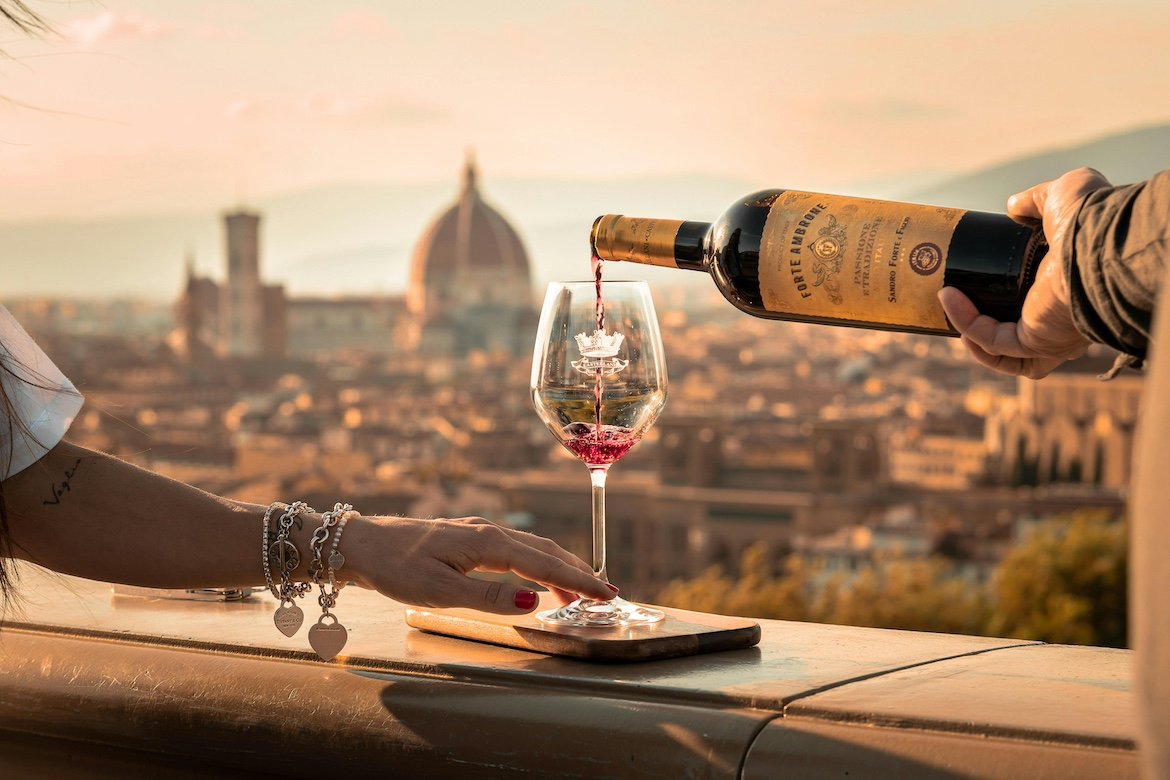
Take a Cooking Class
Learn to make pasta from scratch or master tiramisu with the help of a Roman nonna. Cooking classes are a fun way to bring a piece of Rome home with you — and they usually end with a shared meal and wine.
Find cooking classes in Rome on GetYourGuide
Catch a Show at Teatro dell’Opera
For a night out, check the schedule at Teatro dell’Opera di Roma. Even if you’re not an opera fan, the architecture alone is worth the visit. Summer performances are sometimes held outdoors at the Baths of Caracalla.
Teatro dell’Opera official site
Watch the Sunset from Janiculum Hill (Gianicolo)
One of the best panoramic spots in Rome, Janiculum Hill isn’t one of the original Seven Hills, but it offers unbeatable views over the city. Head up in the late afternoon with a drink or snack and enjoy the peaceful vibe as the sun sets behind St. Peter’s.
Put Your Hand in the Mouth of Truth (Bocca della Verità)
Fans of Roman Holiday will recognize this spot. Located near the Circus Maximus, the Mouth of Truth is a marble mask said to bite off the hands of liars. It’s silly, yes — but also iconic.
Get Lost in Trastevere
Wander the cobbled streets of Trastevere, one of Rome’s most atmospheric neighborhoods. It’s perfect for lazy afternoons, with ivy-draped buildings, lively piazzas, and plenty of small bars, trattorias, and artisan shops. Just go with no plan and see where the streets take you.
Try as Many Gelaterias as You Can
When in Rome, eat gelato — lots of it. Skip the neon-colored stuff and look for places with natural hues and gelato stored in covered metal tins (carapina).
Tip: Go for flavors like pistachio, hazelnut (nocciola), or ricotta & fig.
Some trusted spots:
- Gelateria del Teatro
- Otaleg
- Come il Latte
- La Romana
- Fatamorgana (Multiple locations)
How to Get Around
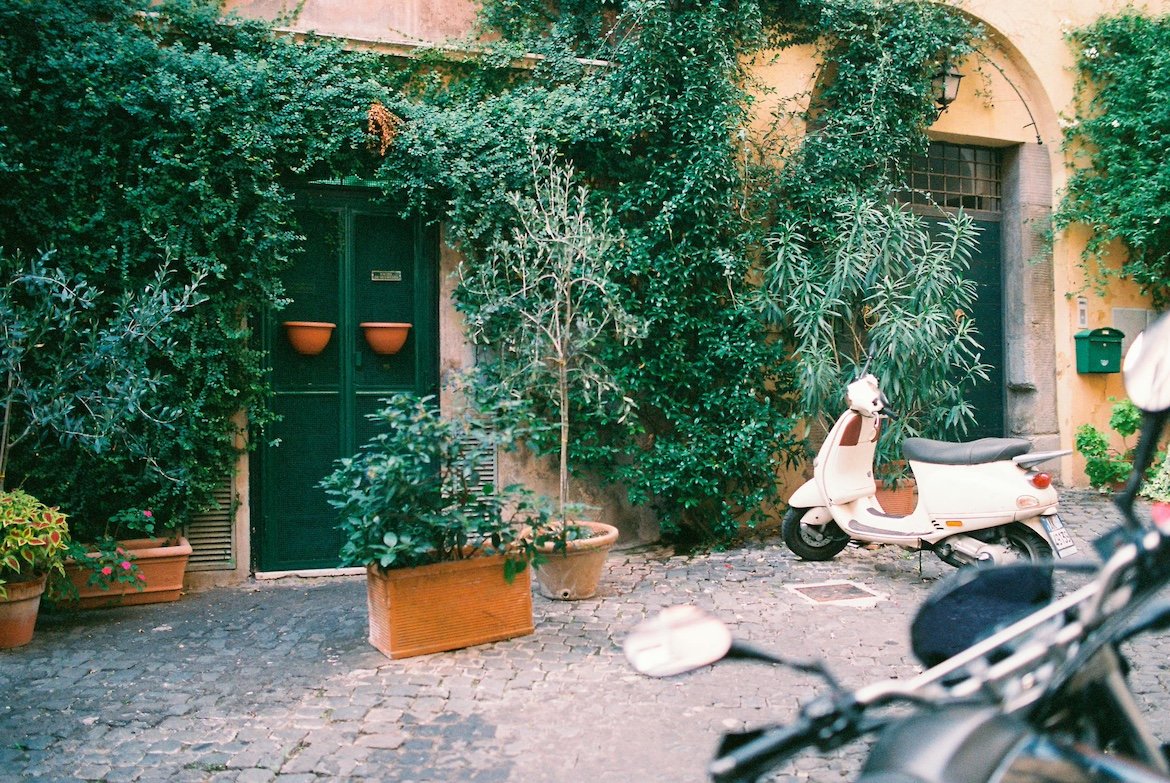
Where to Stay
Centro Storico (Historic Center) is the most atmospheric — you’ll be steps from landmarks like the Pantheon and Piazza Navona, but prices match the charm. Trastevere is a great choice if you want something lively but a bit more local. Monti, near the Colosseum, is central yet relaxed, with indie shops and wine bars. For quieter nights, consider Prati, close to the Vatican and well-connected by metro.
Wherever you stay, aim for somewhere inside the Aurelian Walls (roughly the center) — Rome’s top sights are walkable, but cobbled streets and hills make proximity a big bonus.
Walking Is Your Best Friend
Rome is a city made for walking — often the fastest and most enjoyable way to get around. Many neighborhoods are pedestrian-friendly, and turning a corner often leads to unexpected beauty: a hidden piazza, a fountain, or a Roman column stuck in a modern wall.
Tip: Wear comfortable shoes — Roman cobblestones (called sanpietrini) can be ankle-twisters.
Public Transport
Rome’s metro is limited (only three lines), but still useful.
- Line A connects the Vatican, Spanish Steps, and Termini station.
- Line B links the Colosseum and Circus Maximus to Termini and beyond.
- Buses and trams fill in the gaps — not always punctual, but helpful.
Tickets:
- Buy BIT tickets (€1.50, valid 100 minutes) from tabacchi shops, machines, or apps like myCicero or Moovit.
- Tickets work on metro, bus, and tram. Validate them on first use.
Apps to download:
Taxis & Rideshares
Taxis can be flagged at stands or booked via app — try Free Now or itTaxi. Official cabs are white with a taxi sign and ID number on the door.
Uber works, but prices are often much higher than local taxis (especially the basic Uber Black service in Rome).
Biking & Scooters
Rome’s not the easiest city for bikes (hello, cobblestones), but e-scooters and shared bikes are everywhere.
Try Lime, Dott, or Bird — just scan and go. Great for short distances, but be cautious: traffic can be chaotic, and bike lanes are rare.
Airport Transfers
Fiumicino (FCO):
- Leonardo Express train to Termini (32 min, €14) — fast and reliable.
- SIT buses and Terravision are cheaper (~€6–7) but slower.
- Fixed taxi fare to city center: €50
Ciampino (CIA):
No train. Take a bus (Terravision or SIT) to Termini.
Fixed taxi fare: €31
Tips & Tricks
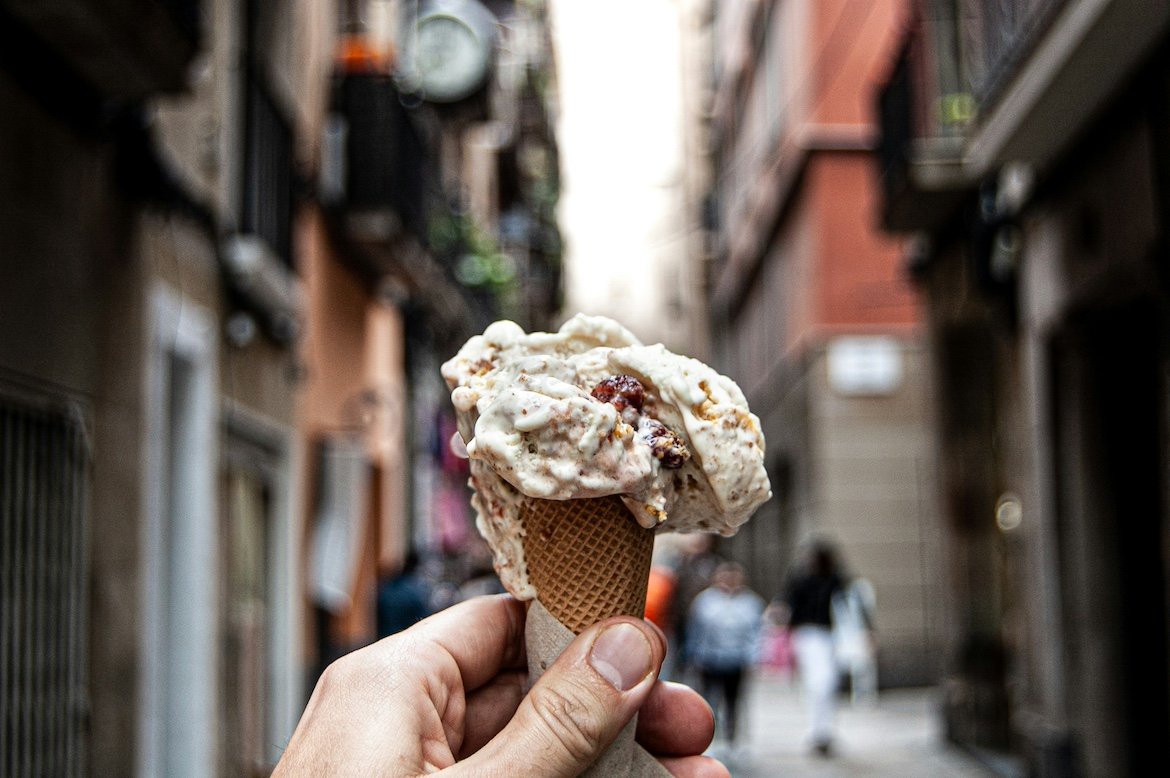
Book in advance — for everything
Rome is one of the most visited cities in the world, so tickets to major attractions sell out quickly. Whether it’s the Colosseum, the Vatican Museums, or a guided tour — book ahead online, especially in high season (spring to early fall).
Dress smart for churches
Many churches, including St. Peter’s Basilica, enforce a dress code. That means shoulders and knees should be covered, or you might be turned away. Keep a scarf or light cover-up in your bag just in case.
Avoid the midday heat
In summer, Rome can get sweltering. Plan your outdoor sightseeing in the morning or late afternoon, and escape into a museum, shady café, or gelateria during peak heat hours.
Stay alert for scams and pickpockets
Like any big tourist destination, be mindful of your belongings, especially around the Colosseum, Trevi Fountain, and on public transport. Don’t engage with “friendship bracelet” or rose vendors — a polite but firm “no” works best.
Sundays and Mondays are tricky
Most museums are closed on Mondays, and St. Peter’s Basilica is often closed Sunday mornings for mass. Plan around these closures to avoid disappointment.
That’s Rome. Ancient ruins, golden light, noisy scooters, and the world’s best gelato — it’s messy, magical, and full of life. Take the major sights seriously, but leave room for spontaneity. The best memories in Rome are often the ones you don’t plan.
Discover Florence, the birthplace of the Renaissance and a living art museum. Explore iconic masterpieces, savor Tuscan cuisine, a...
Discover Stockholm, the stunning "Venice of the North" spread across 14 islands. Explore historic Old Town, world-class museums, a...